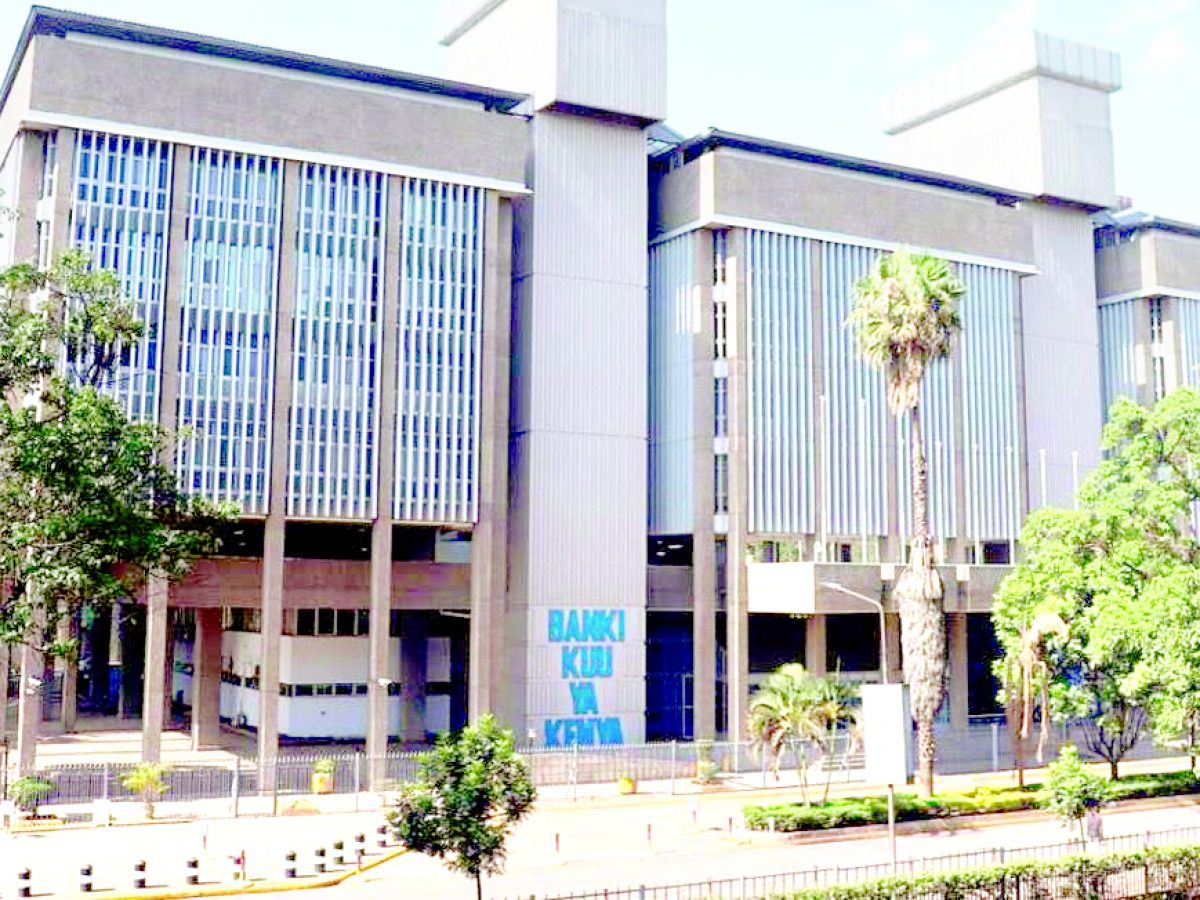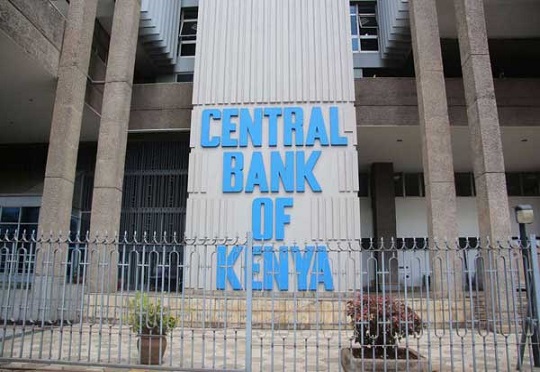
The Monetary Policy Committee (MPC) met on October 8, 2024, and reviewed the outcomes of its previous decisions and measures implemented to anchor inflationary expectations and maintain exchange rate stability.
The Committee met against a backdrop of an improved global outlook for growth, continued easing of inflation in advanced economies, and
persistent geopolitical tensions, and noted that:
• Global growth continues to recover, supported by stronger-than-expected growth in the United States, strong growth in some large emerging market economies such as India, and improved growth prospects in the United Kingdom. The main risks to the global growth
outlook relate to further escalation of geopolitical tensions particularly the conflict in the Middle East.

Global inflation has continued to moderate, with central banks in the major economies including the US Federal Reserve, lowering interest rates. International oil prices have moderated, but the risk from the Middle East conflict remains elevated following the recent escalation of tensions. Food inflation has risen slightly, mainly driven by higher edible oil prices.
• Kenya’s overall inflation declined to 3.6 percent in September 2024 from 4.4 percent in August, thereby remaining well below the mid-point of the target range.

Food inflation declined to 5.1 percent in September from 5.3 percent in August, mainly reflecting lower
vegetables price inflation attributed to declines in prices of key items including tomatoes, cabbages, onions, and potatoes.
Fuel inflation declined to 1.1 percent in September from 4.7 percent in August, mainly due to lower electricity and pump prices. Non-food non-fuel (NFNF) inflation eased to 3.4 percent in September from 3.5 percent in August, reflecting the lagged effects of previous monetary policy tightening.
Overall inflation is expected to remain below the mid-point of the target range in the near term, supported by lower food inflation owing to improved supply from the ongoing harvests, a stable exchange rate, and stable fuel prices.
• The recently released GDP data for the second quarter of 2024 showed a slowdown in the performance of the Kenyan economy, with real GDP growing by 4.6 percent compared to 5.6 percent in the second quarter of 2023. This slowdown mainly reflected deceleration in growth in most sectors of the economy.
The projected growth of the economy in 2024 has therefore been revised to 5.1 percent from 5.4 percent. The resilience of key service sectors, robust performance in agriculture and improved exports are expected to continue supporting growth. This outlook is subject to risks including the escalation of geopolitical tensions.
• The September 2024 Agriculture Sector Survey shows that majority of respondents expect inflation to either remain unchanged or decrease in the next three months, on account of improved food supply with the ongoing harvests, the stable exchange rate, and reductions in pump prices.

Nevertheless, some respondents expect moderate upward pressure on prices of most fresh vegetables from October on account of seasonal factors mainly relating to dry weather conditions in most parts of the country.
• The CEOs Survey and Market Perceptions Survey which were conducted ahead of the MPC meeting revealed sustained optimism about business activity and economic growth prospects for the next 12 months.
The optimism was attributed to the stable macroeconomic environment reflected in the low inflation rate and stability in the
exchange rate, expectations of a decline in interest rates, continued strong performance of agriculture, resilience of the services sector, and improved global growth prospects.
Nevertheless, respondents expressed concerns about high cost of doing business, subdued consumer demand, and high cost of credit.
• The current account deficit is estimated at 3.8 percent of GDP in the 12 months to August 2024, compared to 3.7 percent of GDP in a similar period of 2023, and is projected at 4.0 percent of GDP in 2024.
Goods exports increased by 8.8 percent in the 12 months to August 2024 compared to a similar period in 2023, reflecting increased exports of agricultural commodities and re-exports.

Exports of tea, and vegetables and fruits increased by 3.9 percent and 14.1 percent, respectively, while re-exports were 73.5 percent higher in the period. Exports were 14.4 percent higher in the first eight months of 2024 compared to a similar period in 2023.Goods imports increased by 3.8 percent in the 12 months to August 2024 compared to a similar period of 2023, reflecting increases in machinery and transport equipment, crude materials, and miscellaneous manufactures.
Imports were 7.3 percent higher in the first eight months of 2024 compared to a similar period in 2023. Tourist arrivals improved by 21.0 percent in the 12 months to August 2024 compared to a similar period in 2023. Remittances increased by 12.7 percent to USD 4,645 million in the 12 months to August 2024 compared to USD 4,120 million in a similar period in 2023, and were 16.4 percent higher in the first eight months of 2024 compared to a similar period of 2023.
• The CBK foreign exchange reserves, which currently stand at USD 8,247 million (4.24 months of import cover), continue to provide adequate cover and a buffer against any short-term shocks in the foreign exchange market.
• The banking sector remains stable and resilient, with strong liquidity and capital adequacy ratios. The ratio of gross non-performing loans (NPLs) to gross loans stood at 16.7 percent in August 2024 compared to 16.3 percent in June. Increases in NPLs were noted in the
transport and communication, personal and household, trade, real estate and
manufacturing sectors.
Banks have continued to make adequate provisions for the NPLs.
• Growth in commercial bank lending to the private sector stood at 1.3 percent in August 2024 compared to 3.7 percent in July, partly reflecting exchange rate valuation effects on foreign currency denominated loans following the appreciation of the Shilling, and the
lagged effects of monetary policy tightening.
Growth in local currency-denominated loans stood at 5.2 percent in August, with the foreign currency-denominated loans, which
account for about 26 percent of total loans, contracting by 10.6 percent.
• The Committee noted the ongoing implementation of the FY2024/25 Supplementary Budget I, which is expected to lower the fiscal deficit to 4.3 percent of GDP from 5.2 percent of GDP in FY2023/24. The fiscal consolidation in the medium-term should reduce debt vulnerabilities while moving the present-value-of-debt to GDP ratio towards the target anchor of 55 percent.
The MPC noted that overall inflation has declined further and is expected to remain below the midpoint of the target range in the near term, supported by stable food inflation attributed to improved supply from the ongoing harvests, a stable exchange rate, and lower fuel inflation.
Additionally, the Committee noted that non-food non-fuel (NFNF) inflation has moderated and is expected to remain stable, while central banks in the major economies have continued to lower interest rates in response to easing inflationary pressures, with expectations of further
reductions in the coming months.
The MPC also noted the sharp deceleration in credit to the private sector, and the slowdown in growth in the second quarter of 2024, and concluded that there was scope for a further easing of the monetary policy stance to support economic activity, while ensuring exchange rate stability.
Therefore, the Committee decided to lower the Central Bank Rate (CBR) to 12.00 percent.The MPC will closely monitor the impact of the policy measures as well as developments in the global and domestic economy and stands ready to take further action as necessary in line with its mandate. The Committee will meet again in December 2024.










